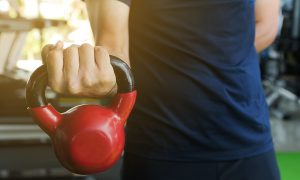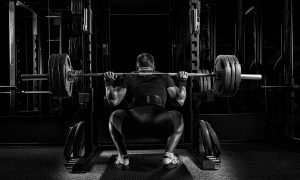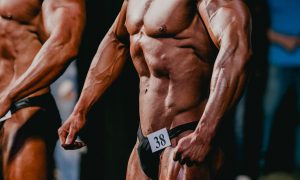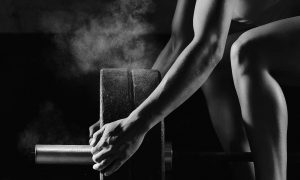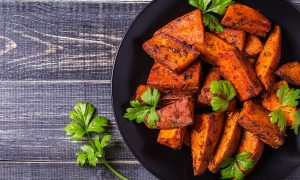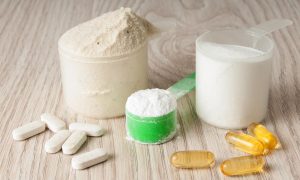Everything You Need To Know About Bodybuilding
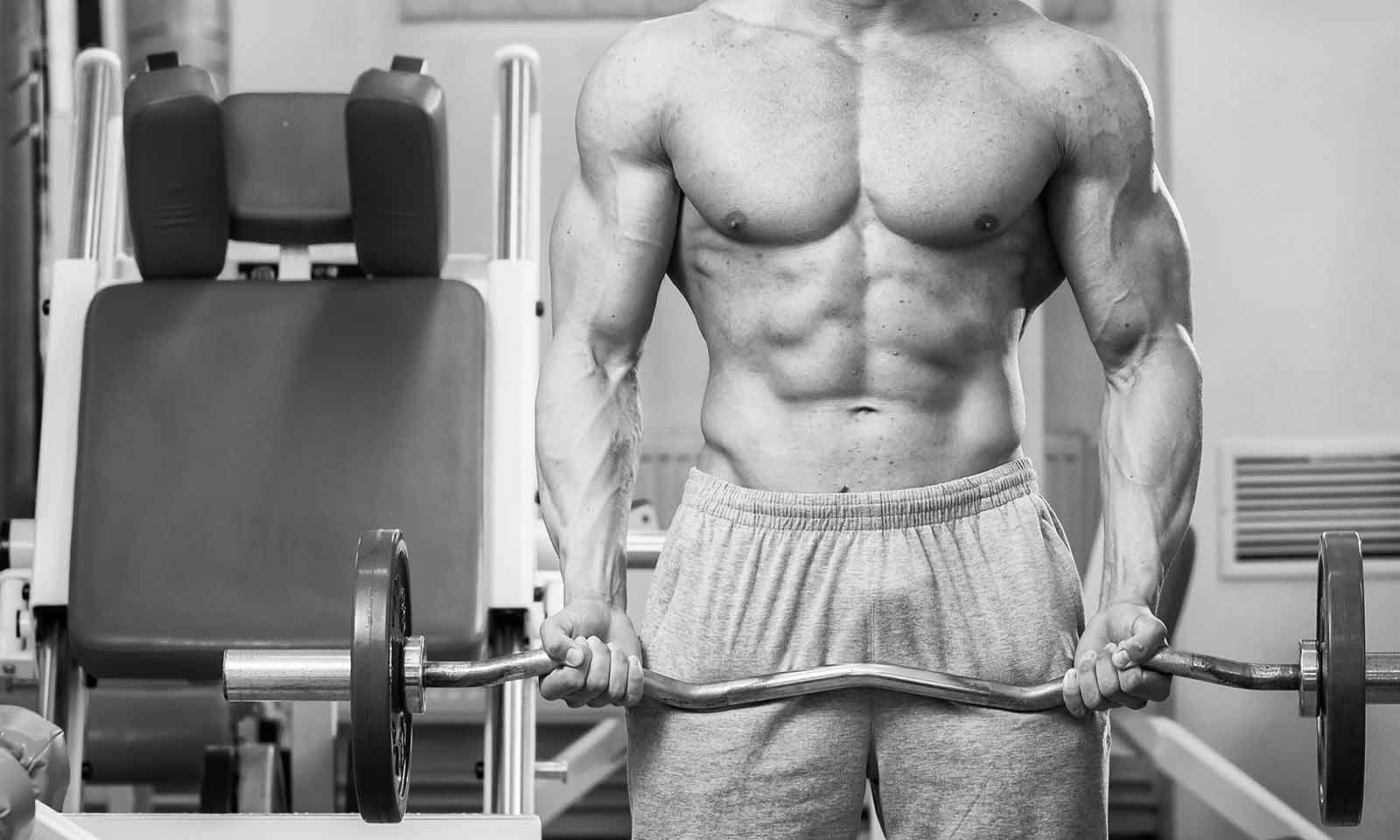
|
|
Bodybuilding is an age-old sport that has been practiced for decades upon decades, in fact, its origins can be traced back centuries upon centuries, all the way back to ancient Greece. For many years during the mid to late twentieth century, bodybuilding was considered a joke – a sport for circus freaks and big hulking Neanderthals that could barely string two sentences together. Needless to say, that stereotype was extremely unfair but that was how most “ordinary” people felt about bodybuilders and bodybuilding back then. However, all of that changed during the 1970’s, thanks to a filmmaker who went by the name of George Butler.
Butler, a young and inexperienced filmmaker at the time, had always had an interest in bodybuilding, and wanted to share his interest with the world. He decided to make a film, or rather a “mock-umentary” (half drama, half documentary) about bodybuilders and how they train for a show/contest, and why. The name of the film was ‘Pumping Iron’ and it starred little known (at the time) Austrian actor named Arnold Schwarzenegger. The film featured many other famous bodybuilders at the time, including Franco Columbu, Ed Corney, Mike Katz, Ken Waller, and Arnold’s biggest threat to his title at the time (as portrayed in the film anyways as many would argue that Serge Nubret was his biggest threat) Lou Ferrigno, a younger, bigger, and heavier bodybuilder. The film followed the athletes preparing for the Mr Olympia contest in South Africa, and it began a global smash hit. All of a sudden, muscles were cool and more and more people began pumping iron and lifting weights than ever before. Nowadays bodybuilding is more popular than ever, and if you’re thinking of getting into this fantastic sport, whether you’re looking to compete, to model, or to simply look and feel better about yourself, this next article is for you as we’ll be looking at absolutely everything you can think of regarding bodybuilding, both for beginners, and intermediates too.
Getting started

Obviously no matter what it is you try your hand at, you’ll always have to start somewhere, just like everybody else. If you’re new to bodybuilding and would like to get started with this great sport, there are several things you will need to consider and do before you jump in with your training.
Figure out what your goals and targets are
Before you even think about purchasing your first gym membership or lifting up a set of dumbbells, you will first need to take the time to sit down and actually figure out what your specific goals and targets are and what you’re looking to achieve with your bodybuilding. For example, you will need to ask yourself what you want from your physique. Do you want to burn fat and tone up a little bit, do you want to build as much lean muscle mass and definition as possible, or do you want to bulk up and add as much mass, size, and strength as you possibly can? This of course is so important because obviously somebody looking to burn fat and tone up is not going to want to be using the same supplements, eating the same amounts of foods, and following the same training routine as somebody looking to bulk up and get as huge as they possibly can. As well as your physique goals and targets, you’ll also need to figure out why you want to look the way you do. Do you simply want to look better in a tank top? Do you want to look better at the beach with no shirt on? Or do you plan on competing and who knows, maybe one day even earning your pro card? Having a clear plan in sight is by far the most effective way of guaranteeing success.
Commit to your training
Now that you know how you want to look, and what you hope to get out of your bodybuilding, the next thing you must do, again, before even lifting up a single weight, is be willing to commit to your training. There are so many guys out there, and gals, that will swear blind that they’re serious about transforming their bodies, will go all out for the first two weeks of training, then will begin to slip more and more until they basically have no training routine or schedule and simply work out whenever they can, or sometimes never at all. If you’re serious about truly making some positive changes, you will need to be willing to commit to your training. That means sitting down and working out a training routine and program, or having a trainer create one for you, and then committing yourself to it 100% just as if you would if you were going to work or a family function. That means, if you’re scheduled to lift on Mondays, Wednesdays, and Fridays, you lift on those days, you don’t mix and match days, you don’t skip a workout, and you don’t rush through your workout in order to try to get finished as quickly as possible so you can head to the bar with the guys. Bodybuilding isn’t just an activity or a pastime, it’s a lifestyle, and if you wish to succeed you need to realise this.
Workout attire

Before we touch upon the actual training aspects of things, not to mention diet, supplements, and nutrition (amongst other things) first off we’ll have a quick conversation about workout attire.
DO:
• Wear comfortable sports clothing
• Use gloves and straps if you think they help
• Wear a hat or sweatband, especially if they prevent sweat getting in your eyes
• Wear appropriate footwear
• Wear knee straps and elbow straps if you feel they help
• Wear a lifting belt
DON’T:
• Wear jeans for exercising
• Wear boots
• Wear dirty work clothing
• Feel like you have to dress to impress – If it feels comfortable and helps you lift, wear it!
Training

Now that we’ve touched upon the basics, plus taken a quick look at what you should and should not wear/use in the gym, let’s now take a look at what makes bodybuilding what it actually is, which is the training and lifting itself. Here are a few pointers for those of you looking for guidance when it comes to lifting, based upon your goals and preferences of course.
Free weights
Free weights, just as the name implies, are weights which you can carry around with you anywhere, that aren’t attached to machines. Pretty much all gyms will have a selection of free weights, with the most common ones being: dumbbells, EZ bars, and barbells. The weights available will of course vary, but even with lighter weights you can still have one heck of a workout if you know what you’re doing. If you’re starting any new bodybuilding routine or program, you should ensure that you incorporate plenty of free weight exercises into your routine, as many of them are compound exercises, which are great for adding mass, which we’ll cover in more detail shortly. Look for a selection of different exercises per body part, and make sure you vary the weights and reps based upon what you’re training. Machines are still very important, but when bodybuilding, especially when size is your main objective, try to do more free weight exercises than you do machine-based exercises.
Machines
As mentioned, machines are still very important when it comes to bodybuilding, and as there are now so many different ones to choose from, they’re ideal for really isolating lagging body parts and helping to bring them up with the rest of the body. Machines isolate specific muscle groups, and are great for adding size and definition to one particular part of your body. As an example, if you used a barbell for bench pressing, not only would it work your pectoral (chest) muscles, it would also work your triceps, your deltoids (shoulders), and your core stabilizer muscles as well, even though the exercise is primarily aimed at chest work. Now, if you were to use a chest press machine, the machine would isolate your chest, meaning that pretty much 100% of the work would be focused upon your chest, which, if you have a much smaller chest compared with the rest of your body, is absolutely perfect.
Compound exercises

For those of you looking to add mass, strength, and size to your frames, compound exercises are your best friends. Compound exercises are basically exercises which work multiple muscle groups simultaneously. The barbell bench press for example, is a perfect example, like we mentioned above, because it works several parts of your body at once. Compound exercises are ideal because they allow you to get more from your training. Rather than just isolating each muscle group, you’re focussing the majority of your efforts on one body part, but other parts are still benefitting from extra work, without becoming worn out and fatigued. Many free weight exercises are considered compound exercises, though not all of them. Bodyweight pull-ups for example, are one of the best compound back exercises you could hope for, as they work multiple parts of the back at once, as well as the biceps and rear deltoids in the process. Some of the more common compound exercises include:
• Push ups
• Pull-ups
• Barbell rows
• Barbell bench press
• Standing military presses
• Barbell squats
• Barbell deadlifts
• EZ bar curls
• Hammer curls
• Seated shoulder presses
• Arnold presses
• Inverted rows
• Leg presses
• Lunges
• Tricep dips
• Close-grip pull downs
Weights and reps
When walking into a gym for the first time, you should immediately check your ego at the door, because the gym is the last place you should be thinking about showing off and attention seeking. That means that no matter how light a weight may look, if you struggle to lift anything heavier, you stick with that light weight and progress the following week. When choosing which weights to work with, you should look for weights that you can safely perform alone, but that still test you, particularly as you typically reach 8 – 10 reps, though that may differ depending on which program you’re following. Most typical programs will call for 8 – 12 reps per working set, and if your program is no exception, you should select a weight which allows you to perform 8 – 12 reps unassisted, but that begins to test you as you reach 8 reps or so. Unless stated otherwise, you should ideally train to failure on each set, as that way you can guarantee maximum muscle stress and fatigue, which will stimulate new growth.
Training programs

There are many different programs and routines for you to follow, and whichever one you do follow will depend on your goals and preferences. Some people follow full-body workouts, which allow them to train 3 – 4 days, working each major muscle group with one exercise per workout. Others follow 5-day splits in which they work one muscle group per workout, and others pair up muscle groups, so chest/back, shoulders/arms, quads/hamstrings etc. Remember, no matter which program you follow, you should still make sure that you mix things up and every few weeks try something new for a few weeks to help keep things fresh and to help keep your body guessing.
Cardio
Bodybuilders, especially those trying to bulk up, tend to avoid cardio, not only because they actively dislike it, but because there is a common misconception floating around that cardio actually destroys muscles, which is a load of nonsense. It doesn’t matter whether you’re trying to build muscle, lose fat, or simply maintain your weight, you should still do cardio at least 2 – 3 times per week, not only to help enhance your physique, but also because it’s so incredibly beneficial for your health. If you’re trying to tone up for example, the main thing stopping your muscles from looking ripped and defined is the layer of fat covering them. Cardio burns fat, so obviously the more you do, the more defined you will look. You don’t have to go for a marathon run each day, just a few days of 30 – 40 minutes on the treadmill, or the exercise bike, or walking, or jogging, or cycling, or swimming, or playing sports, or anything else for that matter, is only going to be beneficial for you, not only from an aesthetic standpoint, but from a health and fitness standpoint in the process.
Diet and nutrition

People think that lifting and exercising is the most important part of bodybuilding, not to mention the most difficult, but it isn’t at all. Instead, the hardest aspect of bodybuilding is most certainly the diet and nutritional side of things. Covering everything in-depth would take an age and would require far more than a few hundred words, so instead, we’re going to break down the most important aspect of diet and nutrition for you, just to give a rough idea of what should and should not be done.
Protein
As we’re talking about bodybuilding, not surprisingly, protein is the first thing that comes up in the diet and nutrition section, and for very good reason too. Without protein, our cells wouldn’t function, and our muscles would cease to be. This vital macronutrient is essential for muscle growth, recovery, and repair, which is why bodybuilders consume so much of it. Aim to consume 2 grams of protein, per day, for every pound that you weigh. So, basically, double your bodyweight and that’s how many grams a day of protein you should be consuming. Get your protein from clean sources such as chicken, turkey, grass-fed beef, fish, seafood, organic eggs, nuts, seeds, and protein powder supplements. Also, make sure that you don’t consume more than 40 grams of protein per sitting, ideally 35 grams, as anything more will basically be a waste as your body won’t be able to process that much at once.
Carbohydrates

Bodybuilders have a weird relationship with carbs – some love them, some hate them, yet many of them simply can’t do without them. Carbohydrates can make or break any physique, especially when you’re down to single digit body fat percentages before a photo shoot or a competition. Leading up to a contest for example, many bodybuilders will restrict their carb consumption in order to strip away as much remaining body fat as they possibly can. Whilst this does indeed burn away stubborn body fat, it also leaves the muscles looking flat and deflated, which is the exact opposite of what a bodybuilder wants. This is down to a lack of glycogen and so the night before a contest, and even on the morning, many bodybuilders will “carb up” and consume not only large quantities of carbohydrates, but large quantities of simple carbs rich in sugars. Pizza, pancakes and syrup, and donuts are a firm favourite, as well as white pasta. They will eat until they feel stuffed, and will look in the mirror and will look bloated, puffy, and much less ripped and defined. When they wake up the next morning however, the muscles, now packed full of glycogen, which is their primary source of fuel, will look full, hard, and leaner and more defined than ever before. If you’re not competing yet however, you won’t need to go to this extreme but be wary of simple carbs. Instead, stick with complex carbs such as: whole wheat pasta, rice, wholemeal bread, sweet potatoes, oatmeal etc. If possible, avoid pairing fats up with carbs, and stick with carbs post-workout. So aim for a high protein. high fat breakfast and lunch, and for your post-workout meal, go for a lower fat, higher carb option instead.
Fats

Fats are not the enemy, fats are your friends, providing you choose the right ones. Not all fats are the same – some are good, and some are bad. Trans fats are definitely bad, most sources of saturated fat (unless found in natural animal proteins) are also bad, but poly and monounsaturated fats are actually very healthy, and not only fill your body full of energy, they also supercharge your metabolism so you actually burn fat by eating fats. We mentioned earlier that you should avoid pairing fats up with carbs, and the reason for that is that if you combine them, the body isn’t sure what to use for energy, and so will basically use half of each, and store the other half as body fat. If you take the carbs away, the body uses just the fats for energy, meaning far less, if any, gets stored as body fat. You still need to be careful with fats because they still contain a lot of calories and if you consume more than your daily allowance, it doesn’t matter how healthy they are, you will still gain weight. Some of the best sources of healthy fats include: Whole organic eggs, oily fish, grass-fed butter, organic nuts and seeds, avocados, coconut oil, and olive oil.
Supplements
Supplements still play an important role in bodybuilding, once you have your whole food diet and nutrition in order. Once you do, then you can think about using supplements to help improve your body and performance that little bit more. For beginners, a multi-vitamin, a fish oil supplement, and a whey protein powder will do just fine. Consume 1 – 3 protein shakes per day, making sure you consume one immediately following your workout. As you begin to progress, you can then think about pre-workouts, BCAAs, creatine, amino acids, and casein protein. Casein protein is a slow-release protein that is ideally consumed just before bed as it helps keep the body in an anabolic state, preventing muscle loss and wastage. NEVER use supplements in place of whole food because in bodybuilding there is no substitution for whole food, but even so, when used in conjunction with a healthy diet and training program, supplements can, and will, make a difference.

